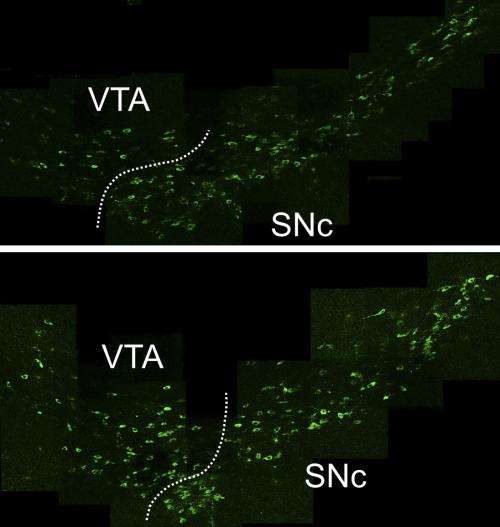Nicotine exploits COPI to foster addiction

A study in The Journal of General Physiology helps explain how nicotine exploits the body's cellular machinery to promote addiction. The findings could lead to new therapies to help people quit smoking.
According to the Center for Disease Control and Prevention, tobacco accounts for the greatest number of preventable deaths worldwide by any single agent. Nicotine, the active ingredient of tobacco, activates receptors known as nAChRs and, remarkably, unlike most other drugs of abuse, it acts as a "pharmacological chaperone" to stabilize assembly of its receptors within the Endoplasmic Reticulum (ER) and increase their abundance at the cell surface (up-regulation). Up-regulation of nAChRs plays a major role in nicotine addiction and, possibly, in the decreased susceptibility of smokers to Parkinson's disease.
Receptors containing an ∝6 subunit (∝6* nAChRs) are abundant in several specific brain regions. Researchers from the California Institute of Technology in Pasadena used mice expressing ∝6 labeled with a fluorescent protein to show that exposure to nicotine—at a level comparable to that in human smokers—up-regulated ∝6* nAChRs in these areas of the brain.
Unexpectedly, the researchers discovered that nicotine's ability to up-regulate ∝6* nAChRs relied on the retrograde transport of ∝6* nAChRs back from the Golgi to the ER by COPI-coated vesicles. The authors believe that Golgi–ER cycling (involving COPI vesicles) may be a common mechanism for up-regulation of other nAChRs by nicotine. Manipulation of this process could therefore help form new strategies for smoking cessation and neuroprotection against Parkinson's disease.
More information:
Henderson, B.J., et al. 2014. J. Gen. Physiol. DOI: 10.1085/jgp.201311102
Anand, R. 2014. J. Gen. Physiol. DOI: 10.1085/jgp.201311136














